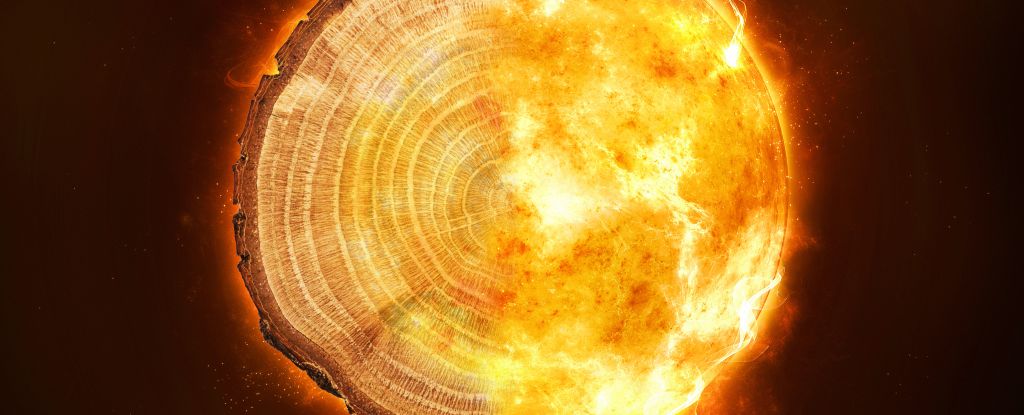
Orbital observations unveil the presence of an enormous mantle plume pushing the surface of Mars upward and driving intense volcanic and seismic activity.

A new research is lending support to the possibility that an asteroid slammed into Martian ancient ocean 3.5 billion years ago, creating a mega-tsunami 309 meters high.

Astronomers are now closer to a major technological upgrade. Australia has started construction of its portion of the Square Kilometer Array, a system that should become the world's largest radio telescope.

Astronomers searching for radio signals that could be signs of extraterrestrial life have just gained access to South Africa's MeerKAT telescope.

Rock samples from the Jezero crater analyzed by NASA's Perseverance Mars rover show evidence of liquid water and signatures that could be organic compounds.

The planet, nearly 10 times Earth’s mass, orbits a small, red-orange star about 200 light-years away. This planet is extremely hot, with an estimated temperature of 1,050 Celsius.

A team of scientists from the University in Bulgaria say they have developed a novel new method that could help scientists differentiate between black holes and hypothetical wormholes.

After two failed attempts, NASA has successfully launched its Moon-bound megarocket the Space Launch System, which will travel beyond the far side of the Moon and back - further than any other habitable spacecraft so far.

A recently released set of topography maps provides new evidence for an ancient northern ocean on Mars. The maps offer the strongest case yet that the planet once experienced sea-level rise consistent with an extended warm and wet climate.

A large spike in radiocarbon found in trees around the world means an uptick in cosmic radiation.

In the atmospheres of exoplanets WASP-76b and WASP-121b drift clouds of barium was found. The answer to the question "why is there such a heavy element in the upper layers of the atmosphere of these planets?" is unknown.

A team of US. scientists found huge ripples at the edge of the Solar System, on the scale of tens of astronomical units.

Humanity’s first attempt to purposely change the motion of asteroid was a success. The DART mission shows that NASA is trying to be ready for whatever the universe throws at us in future.

Astronomers around the world are captivated by an unusually bright and long-lasting pulse of high-energy radiation that swept over Earth Sunday, Oct. 9. The emission came from a gamma-ray burst (GRB). Its cause is unknown.

The object, named FRB 20201124A, was detected with FAST telescope in China. We still don't know the souce of these signals from space. And this recent discovery just added more to the mystery.